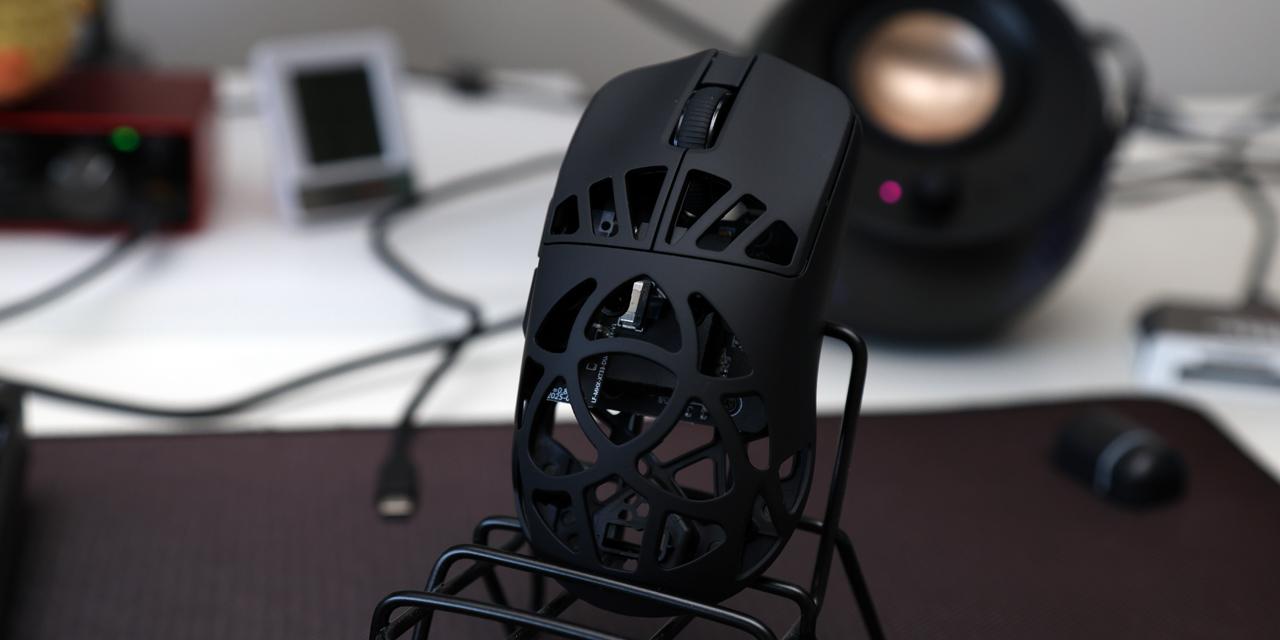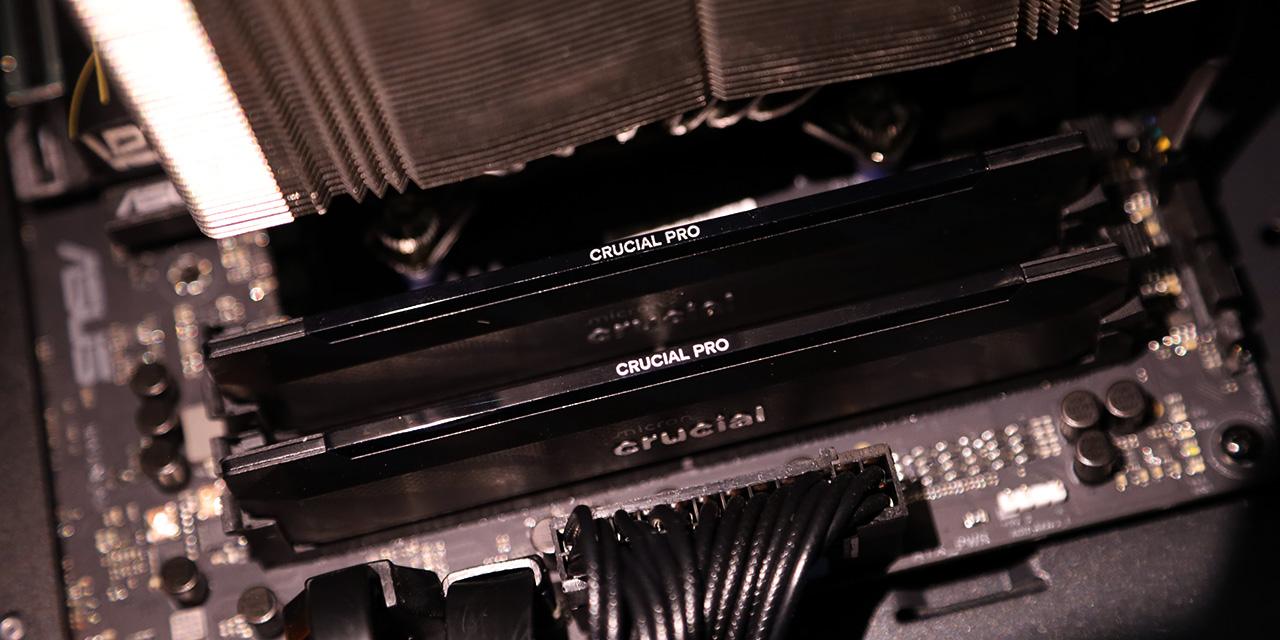|
From X-bit Labs: In a bid to further increase performance of its forthcoming central processing units (CPUs) based on Bulldozer micro-architecture, Advanced Micro Devices plans to implement a dynamic clock-speed boost technology into its next-generation Opteron chips. The new tech is akin to Turbo Core feature of current Phenom II X6 microprocessors, but has a number of improvements. Different applications apply different load onto central processing units. As a result, if one task squeezes all the juices from the chip severely, then another does not. Frequencies and thermal design powers of CPUs are set by manufacturers based on the worst-case scenario that stress the microprocessors in order to avoid possible problems. As a result, thermal design power (TDP) figures tend to be very conservative and applications that do not make use of all transistors of a chip do not perform as well as they could have. Contemporary microprocessors can monitor their load easily, which is why they can trivially adjust clock-speeds downwards if power saving is needed. Moreover, AMD Phenom II X6 “Thuban” chips can boost clock-speeds of three cores by 500MHz when other three are inactive, whereas modern Intel Core i-series can increase clock-speeds depending on the number of active cores even more significantly when needed. The next-generation Bulldozer processors will greatly enhance the Turbo Core technology and will bring it to servers as well, AMD revealed. AMD's new Turbo Core allows the processor to rise up from the base clock-speed up to the TDP level, automatically unlocking extra potential for the processor. AMD Turbo Core is continually monitoring the processor power consumption to determine the maximum processor state; Turbo Core is watching the power consumption to see how high it can move the clock speed up. Should the processor get too close to the power limit, it does automatically step back a bit to ensure that it is continuing to operate within the specified guidelines. This allows for significantly higher maximum clock speeds. View: Article @ Source Site |
 |
AMD Confirms Turbo Core Dynamic Acceleration Technology on Server Bulldozer
© Since 2005 APH Networks Inc. All trademarks mentioned are the property of their respective owners.





